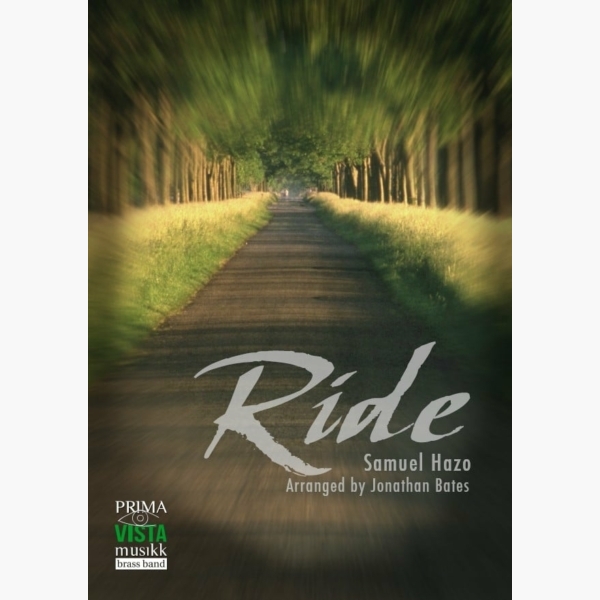Results
-
 £34.95
£34.95He is Starlight - Anthony Ritchie
He is Starlight was commissioned by Margaret Austin with financial support from UNESCO, for performance by The Woolston Band at the 2015 Festival of Star Light in Twizel, New Zealand. The piece is a commemoration for composer John Ritchie (J.A.R.),...
Estimated dispatch 5-7 working days
-
 £24.95
£24.95Praise My Soul - John Goss & Henry Francis Lyte - John Childs
This popular hymn tune was arranged for brass band by the late R. John Childs whilst he was conductor of the Tredegar Town Band. He realised the arrangement for a joint concert with the band and male voice choir in...
Estimated dispatch 5-7 working days
-
 £34.95
£34.95Ride - Samuel Hazo - Jonathan Bates
Ride was written by Samuel R. Hazo as a gesture of appreciation for all of the kind things Jack Stamp had done for him; ranging from his unwavering friendship to his heartfelt advice on composition and subjects beyond. Ride takes...
Estimated dispatch 5-7 working days
-
 £34.95
£34.95Vengeance - Cai Isfryn
Tonnau'r Cawr (Vengeance) is the first in a series of compositions for Brass Bands by Cai Isfryn, based on the tale from Welsh mythology of Branwen, the Welsh goddess of love. During this segment of the tale, Bendigeidfran (Branwen's brother)...
Estimated dispatch 5-7 working days
-
£42.50
Entry of the Gods into Valhalla - Wagner, R.
Estimated dispatch 5-7 working days
-
£34.50
Finale to Act 1 (from Lohengrin) - Wagner, R.
Estimated dispatch 5-7 working days
-
£58.00
Prelude and Liebestod (Tristan) - Wagner, R.
Estimated dispatch 5-7 working days
-
£47.50
Procession to the Minster - Wagner, R.
Estimated dispatch 5-7 working days
-
 £50.90
£50.90 -
 £50.90
£50.90See You Later, Alligator - Charles R. Guidry - Alan Fernie
Estimated dispatch 5-10 working days
